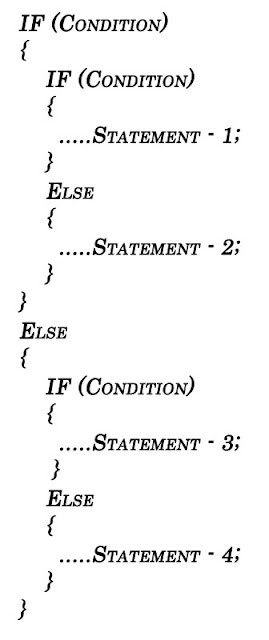Landscape shots with distant subjects such as canyons / rivers or mountains can often look blurry even under the brightest conditions. One of the most effective way to penetrate this fog and capture images with saturated colors and the bright blue sky is to use a polarizing filter. In this workshop we'll show you everything you need to know.
(Image 1)
(Image 2)
Photos in the mountains (Image 1), may have been taken under the sun, sunny conditions, but the result was blurry and less sharp image. Photo (Image 2) taken with the exact same lighting conditions a few moments later, but arranged with polarizing filters to provide maximum effect. The difference is dramatic: the fog has been eliminated, resulting in images that are much more bright and alive.
List: Using a polarizing filter
1: Buy a circular polarizing filter that match the threads on your lens, check the end of the barrel to find the correct size. Canon 18-55mm and Olympus 14-42mm kit lens has a 58mm filter thread. The Nikkor 18-55mm and the Pentax kit lens has a 52mm filter thread. 18-70mm kit lens Sony has a 55mm thread.
2: With the polarizer screwed onto the end of your lens, turn the outside to see the effects of polarization. As you play, the effect will be increased and decreased, then repeat. Simply stop when it looks best to you. Strength of the effect also varies depending on your angle to the sun.
3: To prevent you from DSLR counteracting the effects of polarization, set the White Balance to Daylight and consider applying negative exposure compensation, say, -2 / 3 or -1 EV.
4: After taking your photo, remember to set back to Auto White Balance and Exposure Compensation returns to zero. Unless it was a sunny day, remove the polarizer and returned to the box.
Beware!
Polarizing filter reduces the amount of light entering your camera, forcing you to use a longer exposure. This in turn increases the risk of camera-shake, so that when using a polarizing filter, always keep your camera steady.
Polarizing filter will only have the effect shown here when the sun shines. If it's overcast or cloudy days, they will have little effect or no, so it's best to remove it (Not Wearing a polarization filter). Similarly, indoors or at night.
Sometimes a polarizing filter can make the color of the sky that is not realistic. To avoid this, adjust the outer ring to a lesser effect, and also consider taking two shots, one with and one without using a polarizer you ultimately prefer the latter.
Cheap kit lens barrel rotating them as auto-focus, which will also change the polarization filter, change the effect. If you have any type of lens, press the shutter release half of the first to autofocus before turning the polarizer. When then change the filter, you can knock the focus of very little, so after the polarizer is in the right position, half pressing the shutter button again to get the focus spot-on.
End equipment
Polarizers come in two main types: Linear and Circular. Circular polarizers, or CPLS for short, is designed to not confuse the autofocus or metering systems on modern cameras, so this is the type you should buy for your DSLR.
Hoya filters are one of the most respected brands, and if you can afford it, go for one of the company HMC 'Multi-Coated models for better quality. See left for the price of the polarizer Hoya Circular.
Polarizing filter that is thick and sometimes it can darken the corners of the ultra wide angle lens. To avoid this, buy a polarizing filter is thinner.













































